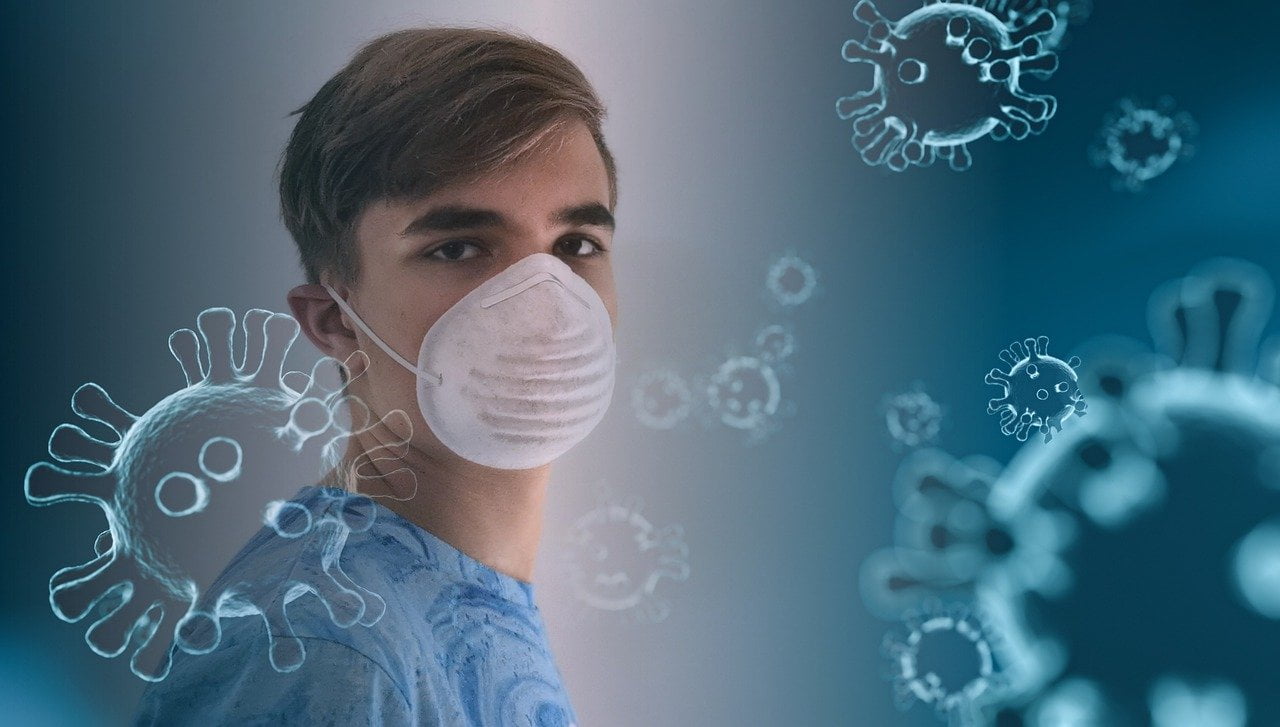Oxygen Shortages Killing COVID Patients – One Solution; We Can Help By Donating No-Longer-Needed Oxygen Concentrators
Q2 2021 hedge fund letters, conferences and more
Oxygen Shortages Killing Many Covid Patients
WASHINGTON, D.C.) (July 5, 2021) - Shortages of bottled oxygen, and the inability to refill the cylinders fast enough, is reportedly killing many COVID patients every day in Indonesia, Bangladesh, Uganda, and in many other developing countries, but there's a solution which is largely being overlooked, and one where Americans may be able to provide a helping hand, says professor John Banzhaf, an MIT engineering graduate and inventor.
In just one country, India, more than 200,000 people - and probably many times that number - have already died from COVID-19 because of acute shortages of medical oxygen and hospital ventilators. But there is a life-saving solution which can work in many cases, says Banzhaf, who helped popularize and get governmental approval to use CPAP and similar breathing assistance devices to help COVID
See http://banzhaf.net/by/COVID.html
According to the Wall Street Journal article Oxygen Scarcity Swells Covid-19’s Death Toll - In Some Cases, Patients Suffocate, "as Covid-19 cases increase sharply in much of the world, a scarcity of oxygen is forcing hospitals to ration it for patients and is driving up the coronavirus pandemic's death toll. The problem is especially acute in the developing world."
Yet, although medical-grade oxygen delivered in large cylinders (tanks) is best, and necessary for the patients most seriously ill with COVID, small inexpensive portable oxygen generators (or concentrators) may provide a partial solution in India, Indonesia, and elsewhere, at least in the initial phases of the disease, and as a backup when medical-grade oxygen is simply not available.
The problem is even occurring in developed countries, and the solution may be the same. For example, oxygen is also reportedly in short supply in South Africa, where a typical oxygen generator costs about $2,700 U.S., and a single scarce cylinder of oxygen can cost over $66 U.S.
Developing Countries Are Facing Shortages
In India and in many other developing countries, such cylinders filled with life-saving oxygen are often simply not available, and/or can't easily be delivered to many parts of the beleaguered country.
But right now, in the U.S., oxygen generators which can provide a supply of oxygen indefinitely, and which can be operated for extended periods of time from a 12-volt battery on any car or truck, can be ordered for about $400 U.S. retail, and presumably even less if purchased in bulk.
Unfortunately any oxygen at all, much less a ready and reliable supply, is frequently not available in many locations in poor countries such as India and Indonesia, especially in rural areas. So an alternative, now being investigated, are oxygen concentrators; small devices which extract oxygen directly from the air.
In many situations, using an oxygen concentrator is far less expensive than obtaining the gas by buying it in large cylindrical tanks which often then must also be transported long distances under difficult conditions. Also, unlike oxygen tanks, oxygen concentrators never run out, and don't have to ever be refilled.
Such devices supply a reliable supply of oxygen, although at a lower pressure than that from oxygen tanks. However, even if the oxygen available isn't at high pressure, as it ordinarily is in a hospital situation, the O2 stream can be connected to a CPAP device to enrich the air the device helps blow into the lungs.
Advantage Of Using Oxygen Concentrators
Another great advantage of using oxygen concentrators is that, like many CPAP machines, they are not only designed to operate from a 12-volt source; they often have built-in rechargeable batteries to make them completely portable. Indeed, many elderly Americans who need additional oxygen actually carry their concentrators with them as they go about their daily activities.
This suggests that, in addition to being able to buy 12-volt oxygen generators at low cost (e.g., about $400 each), many used ones from elderly users who died might well be donated by their heirs if a campaign seeking such donations were to be launched.
The same is true, says Banzhaf, because many CPAP devices could be donated if the person using them passed away or simply no longer need them to control snoring, sleep apnea, etc.
Thus, suggests Banzhaf, both a CPAP device to help ventilate lungs, and an oxygen concentrator to help provide more oxygen for the lungs, probably can be used to keep many COVID-19 patients alive in Indonesia, even if electricity is not available or not reliable, where there is a car or truck which can be operated occasionally to keep its battery fully charged.
Indeed, in many cases, even an older used battery - one no longer able to provide sufficient power to turn over an electrical starter on a car or truck - can still store far more electrical energy than is necessary to operate both a CPAP breathing device and an oxygen concentrator to keep a COVID-19 patient in respiratory distress alive, even if there is no ventilator (and a trained ventilator operator), and there is no available household or hospital electrical AC supply.
And even if one or both of these devices does require 117-volt or 220-vote AC power to operate, an inverter - a simple device about the size of a pack of cigarettes which converts 12-volt DC power from an automobile or truck battery to 117-volt or 220-vote AC power - can be used to keep the patient alive and breathing even in the most remote parts of a country.
While expensive hospital-style ventilators and medical-grade oxygen in cylinders is best, the lives of many patients who experience breathing problems could be saved by improvising, and using oxygen concentrators and/or CPAP devices, says Banzhaf, who urges Americans to donate no-longer-needed oxygen concentrators and breathing devices such a CPAPs to appropriate charities - and even receive a small tax deduction for their charitable donation.





